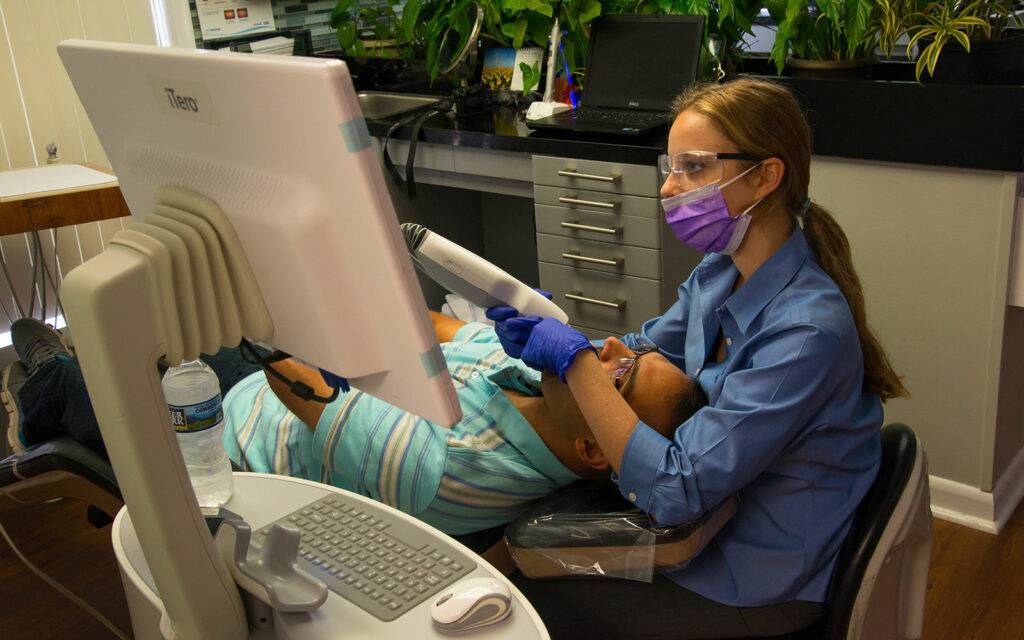The integration of artificial intelligence (AI) and machine learning (ML) into orthodontics is revolutionizing the field, offering unprecedented precision in diagnosis, treatment planning, and patient management.
However, as with any technological advancement, the use of AI and ML in orthodontics brings with it a range of ethical considerations that must be carefully addressed.
Ensuring that these technologies are implemented responsibly is crucial to maintaining patient trust, safeguarding privacy, and promoting fairness in care.
Patient Privacy and Data Security
One of the most significant ethical concerns with the use of AI and ML in orthodontics is the protection of patient privacy and data security. AI systems rely on large datasets, often containing sensitive patient information, to train algorithms and improve their accuracy.
This data must be handled with the utmost care to prevent unauthorized access, breaches, or misuse. Orthodontic practices must ensure that robust cybersecurity measures are in place to protect patient data and comply with regulations such as the Health Insurance Portability and Accountability Act (HIPAA) in the United States or the General Data Protection Regulation (GDPR) in Europe.
Furthermore, the anonymization of patient data is critical to maintaining privacy while allowing for the continued development of AI and ML tools. Ensuring that data is stripped of personally identifiable information before being used for AI training or analysis is an essential step in ethical AI implementation.
Informed Consent and Transparency
Informed consent is a cornerstone of ethical medical practice, and its importance is amplified when AI and ML are involved. Patients have the right to know how AI is being used in their treatment, what data is being collected, and how it will be used.
Orthodontists must clearly communicate the role of AI in the diagnostic and treatment processes, including any potential risks or limitations of the technology.
Transparency also extends to the decision-making process. AI and ML algorithms can sometimes function as “black boxes,” making it difficult for both patients and clinicians to understand how certain decisions or recommendations are made.
It is essential for orthodontists to ensure that AI-driven decisions are explainable and that patients are provided with understandable explanations for how their treatment plans are determined.
Bias and Fairness
AI and ML systems are only as good as the data they are trained on. If the training data is biased or unrepresentative, the resulting AI models may also be biased, leading to unfair or inaccurate treatment recommendations.
For instance, if an AI system is trained predominantly on data from a specific demographic group, it may perform poorly or make incorrect predictions for patients from other demographic groups.
Addressing bias in AI and ML requires a commitment to using diverse and representative datasets. Orthodontic practices and technology developers must work together to ensure that AI tools are fair and equitable, providing accurate and unbiased care to all patients, regardless of their background.
The Role of the Orthodontist
As AI and ML become more integrated into orthodontic practice, there is a risk of over-reliance on these technologies. While AI can provide valuable insights and assist in decision-making, it should not replace the clinical judgment and expertise of the orthodontist.
Ethical practice requires that orthodontists remain actively involved in the treatment process, using AI as a tool to enhance, rather than replace, their professional judgment.
Moreover, orthodontists must be vigilant in continuously updating their knowledge of AI and ML technologies to understand their capabilities and limitations fully. This ensures that they can make informed decisions about when and how to use these tools in patient care.
Accountability and Liability
The use of AI in orthodontics raises questions about accountability and liability. If an AI-driven treatment plan leads to suboptimal outcomes or patient harm, determining responsibility can be complex.
Is the orthodontist liable, or is the developer of the AI system at fault? These questions are still being explored in the legal and ethical domains, and it is crucial for orthodontic practices to have clear guidelines and protocols in place to address potential issues.
Practices should also ensure that they have appropriate liability coverage that accounts for the use of AI in patient care. Additionally, ongoing collaboration between orthodontists, legal experts, and AI developers is necessary to establish frameworks that protect patients while clarifying accountability.
The ethical considerations surrounding the use of AI and ML in orthodontics are multifaceted and complex. As these technologies continue to advance, it is essential for orthodontic practices to prioritize patient privacy, informed consent, transparency, fairness, and accountability.
By addressing these ethical challenges proactively, the orthodontic community can harness the power of AI and ML to improve patient care while upholding the highest standards of ethical practice.
The future of orthodontics is undoubtedly exciting, but it must be guided by a commitment to ethical principles that ensure the well-being and trust of patients.


